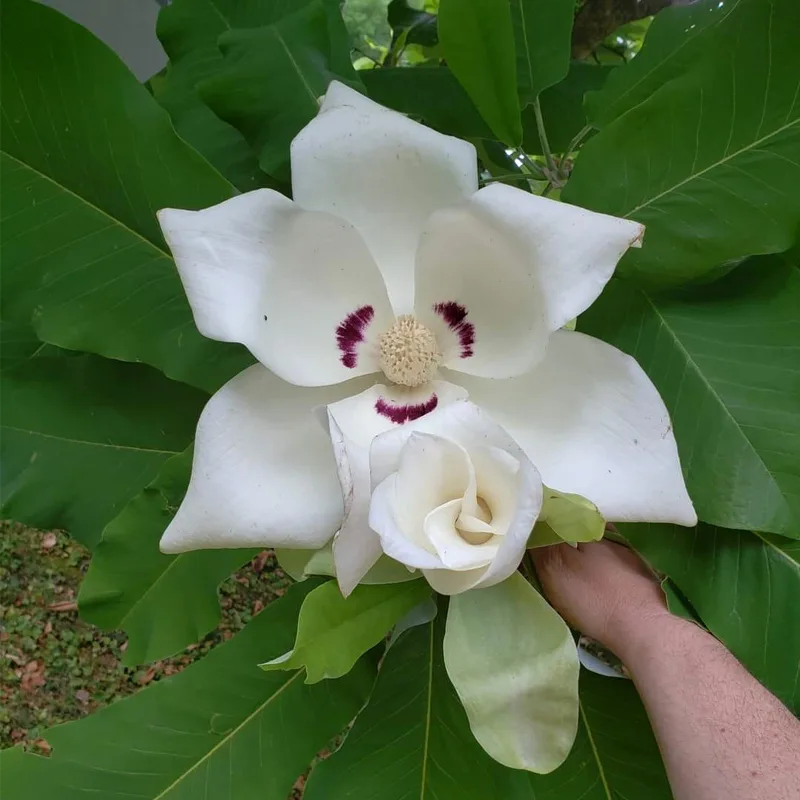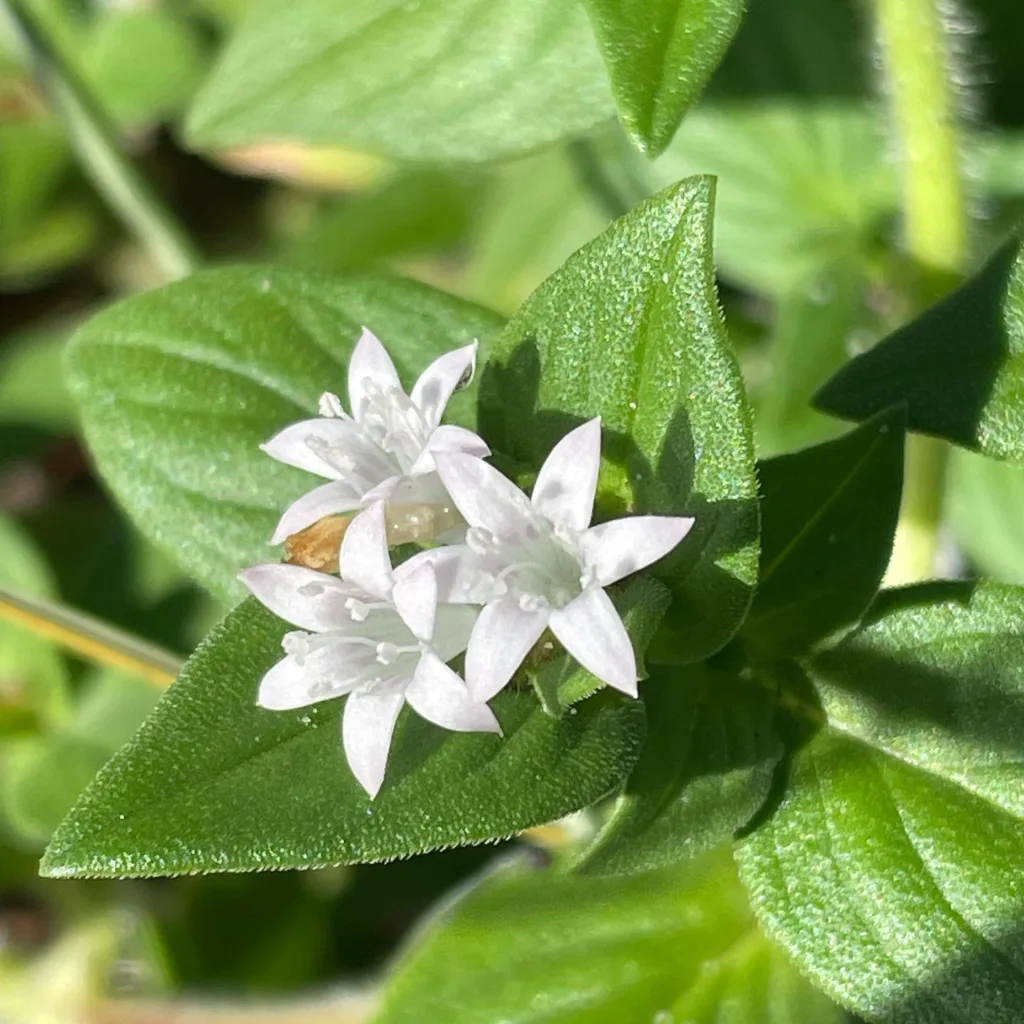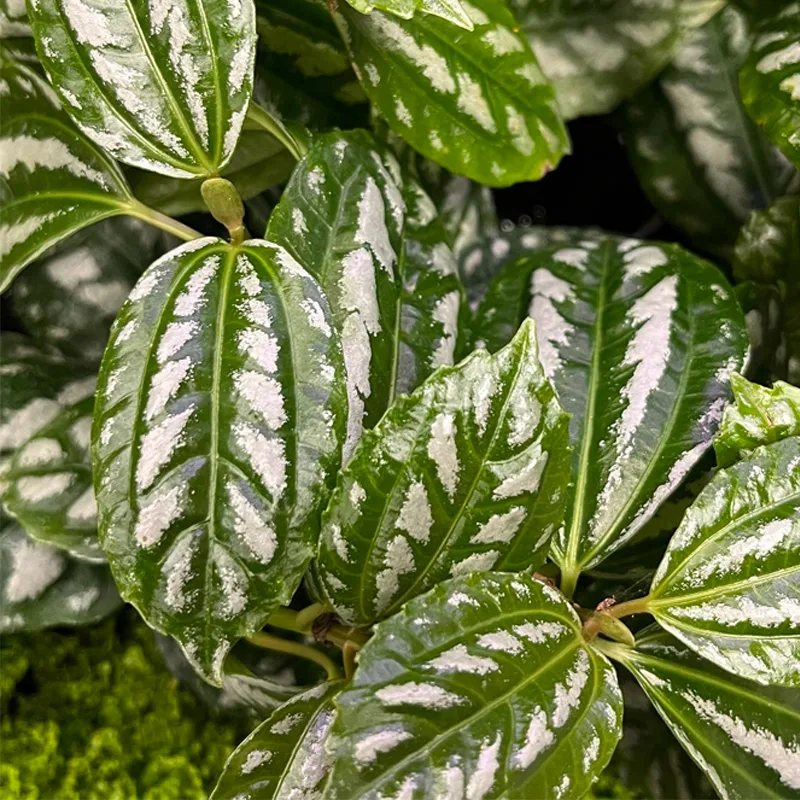All About Rumex Longifolius: A Gardener’s Guide
Hi there, Ferb Vu here! Today, we’re diving deep into the world of a fascinating plant called Rumex Longifolius, also known as the dooryard dock or northern dock. Whether you’re a seasoned gardener or just starting your botanical journey, this FAQ will equip you with all the essential information about this herbaceous perennial.
298 Species in Genus Rumex
What is Rumex Longifolius?
Rumex Longifolius is a broadleaf flowering plant belonging to the buckwheat family, Polygonaceae. It’s a perennial, meaning it survives and returns year after year, typically reaching heights between 24 to 47 inches (60 to 120 cm).
The hallmark feature of Rumex Longifolius is its large, broad leaves. Imagine long, flat panels with wavy, crinkled edges. The upper surface is smooth and hairless, while the underside boasts a light covering of hairs near the veins.
Come summertime, Rumex Longifolius produces clusters of tiny greenish-pink flowers on tall stalks that rise above the foliage. These inconspicuous flowers eventually give way to brownish fruits, adding another dimension to the plant’s visual interest.
Where Does Rumex Longifolius Come From?
Rumex Longifolius is believed to have originated in Europe and Asia. However, its adventurous spirit has led it to establish itself across the globe. Today, you’ll find it gracing meadows, roadsides, and even wastelands in many temperate regions, including North America.
Is Rumex Longifolius a Weed?
This is a question that divides gardeners. Rumex Longifolius can definitely be a tenacious presence, readily self-seeding and popping up in unexpected places. Its large leaves can also smother out smaller plants.
However, there’s a flip side to the coin. Rumex Longifolius is a pioneer plant, meaning it can thrive in disturbed areas, helping to restore degraded soil. Some folks also appreciate its architectural form and unpretentious beauty in a natural setting.
Ultimately, whether you consider Rumex Longifolius a friend or foe depends on your gardening goals. If you prefer a manicured look, you might view it as a weed. But if you embrace a more naturalistic approach, you might find a place for it in your garden.
Is Rumex Longifolius Related to Sorrel?
Spot on! Rumex Longifolius is indeed closely related to sorrel, a popular culinary herb. Both belong to the genus Rumex, sharing some physical characteristics. However, there are key differences. Sorrel varieties tend to have smaller, arrow-shaped leaves with a tangy, lemony flavor, while Rumex Longifolius leaves are generally not recommended for consumption.
Can You Eat Rumex Longifolius?
While some Rumex species are edible, it’s best to avoid consuming Rumex Longifolius. The leaves contain high levels of oxalic acid, which can cause stomach upset and other health problems if ingested in large quantities.
What are Some Look-alikes of Rumex Longifolius?
Several plants share some similarities with Rumex Longifolius. Here are two common ones:
- Broadleaf Dock (Rumex obtusifolius): This close relative has broader leaves with blunt tips, compared to the wavy edges of Rumex Longifolius.
- Curly Dock (Rumex crispus): As the name suggests, curly dock has distinctively curled leaves, unlike the flatter, wavy leaves of Rumex Longifolius.
If you’re unsure about a plant’s identity, it’s always best to err on the side of caution and consult a reliable botanical resource or gardening expert.
Tips for Growing Rumex Longifolius
If you’ve decided to cultivate Rumex Longifolius in your garden, here are some pointers:
- Light: Rumex Longifolius thrives in full sun but can tolerate partial shade.
- Soil: It prefers well-drained soil but can adapt to various soil types.
- Watering: Rumex Longifolius is fairly drought-tolerant once established. Water regularly during the first growing season, then reduce watering frequency in subsequent years.
- Propagation: This plant readily spreads by seed. If you don’t want it to become a wanderer in your garden, deadhead the flowers before they go to seed.
Keeping Rumex Longifolius in Check
As mentioned earlier, Rumex Longifolius can be an enthusiastic self-seeder. Here’s how to keep it under control:
- Deadheading: Remove flower stalks before seeds develop.
- Hand-pulling: Pull up unwanted seedlings as soon as you see them.
- Mulching: Apply a layer of mulch around established plants to suppress weed seed germination, including Rumex Longifolius.
Important Note: When handling Rumex Longifolius, wear gloves to avoid skin irritation from microscopic leaf hairs.
Using Rumex Longifolius in the Garden
While some might consider Rumex Longifolius a weed, it can have a place in your garden beyond its pioneering role in restoring soil. Here are a few ideas:
- Wildlife Habitat: The seeds and foliage provide food for some birds and insects.
- Naturalistic Design: Rumex Longifolius’ architectural form and unfussy beauty can add a touch of wild charm to a natural-style garden.
- Container Planting: For a more controlled approach, grow Rumex Longifolius in a large pot. This allows you to appreciate its unique form while preventing it from spreading.
Conclusion
Rumex Longifolius, the dooryard dock, is a fascinating plant with a complex reputation. Whether you see it as a tenacious weed or a pioneer with ecological value, understanding its characteristics and growth habits will help you decide how to manage it in your garden. I hope this FAQ has equipped you with the knowledge you need to make informed decisions about Rumex Longifolius.
If i die, water my plants!



